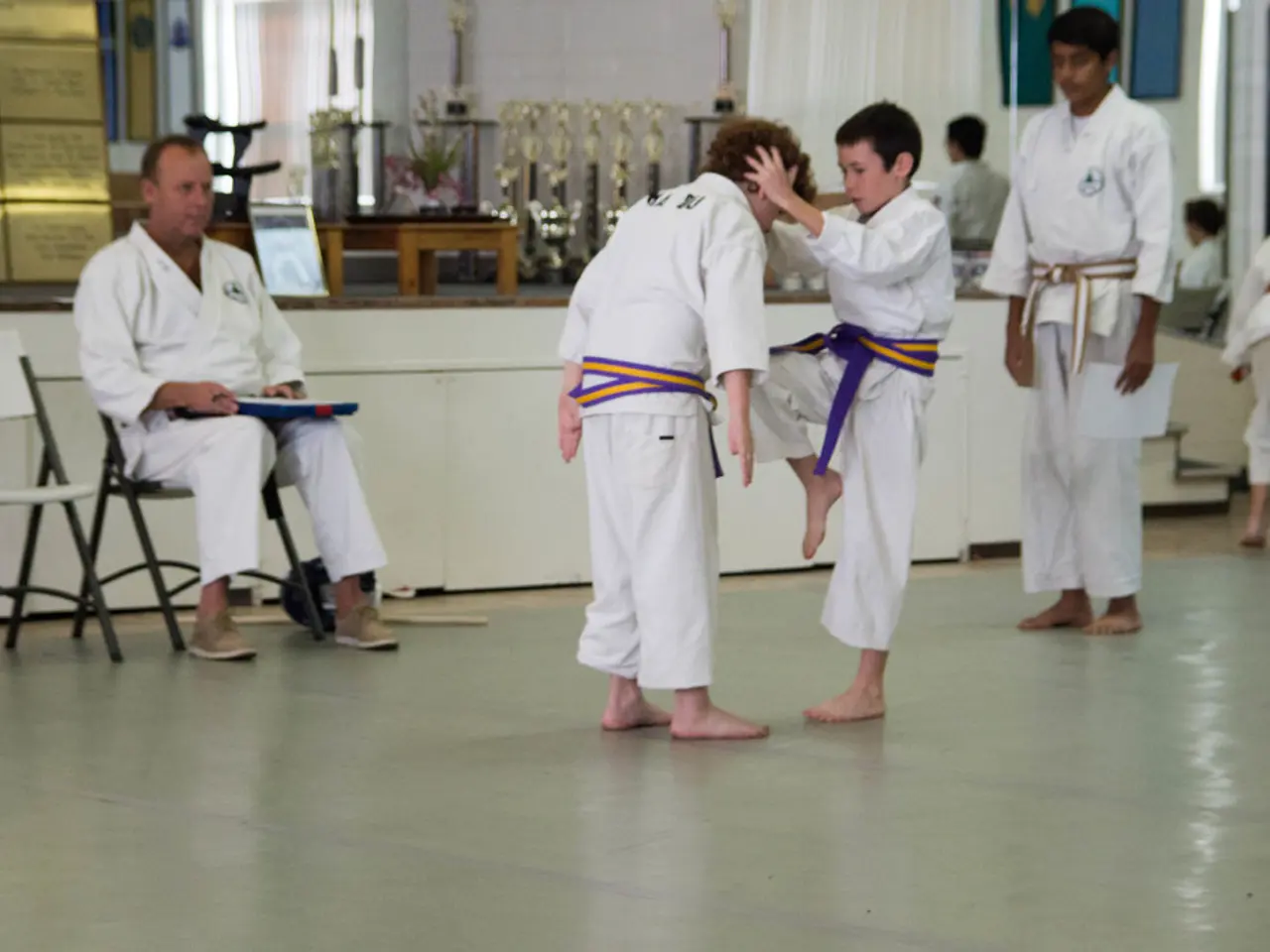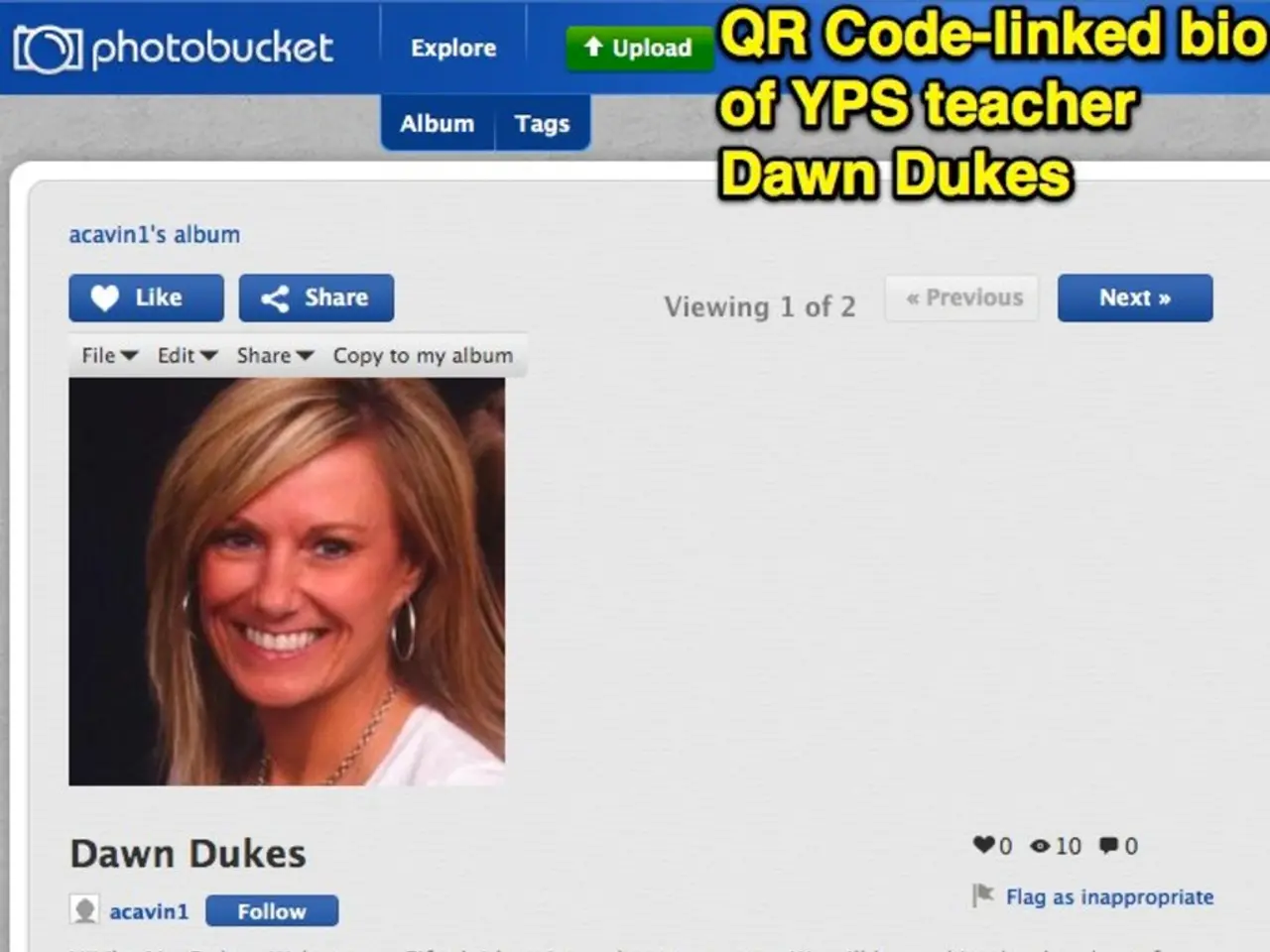Skill Acquisition and the Neural Processes Involved
In the realm of human potential, some prodigies find themselves feeling "trapped" by their exceptional abilities, aware that their exceptional skills in one area seem to limit their capacity for growth in others. This phenomenon, it turns out, is not unique to a select few, but a manifestation of the brain's inherent structure and function.
Research has shown that musical prodigies, for instance, develop extraordinary auditory processing networks at the expense of other potential capabilities. Similarly, professional specialization creates some of the most dramatic examples of neural constraint in adult learning. A professional tennis player might find it easier to master badminton than learn programming due to their brain's existing wiring creating a structural advantage for racquet sports while building invisible walls around completely different skill domains.
This trade-off between stability and plasticity is often referred to as the plasticity–stability dilemma. As neural circuits become specialized through experience and learning, their plasticity—the ability to change structurally and functionally—diminishes, making it harder to incorporate new patterns or skills without disrupting established ones.
Key mechanisms by which existing networks create such barriers include reduced plasticity of neurons, saturation of neural circuits, competition for neural resources, reorganization costs, and molecular and neurochemical limits.
Every skill you've ever mastered has carved specific pathways in your brain, creating neural highways that make related activities feel almost effortless. However, these same neural highways can become creative prisons, causing a specialized neural network to struggle significantly more with developing completely different skill sets.
The future of learning lies not in overcoming neural constraints, but in understanding and working with them. Cross-training approaches show particular promise for expanding learning capacity. The most successful learners seem to intuitively understand their neural constraints and work strategically within them.
The study of a tetraplegic woman controlling computer cursors with her thoughts revealed that existing neural networks create invisible barriers that limit new skills acquisition. The woman's existing neural networks in the anterior intraparietal cortex, a region that plays a crucial role in spatial processing and attention, had created an invisible cage around her learning potential.
Understanding your brain's existing architecture allows for more strategic skill development approaches. Career transitions become particularly challenging when they require skills that conflict with existing neural patterns. The most successful career changers often aren't those who try to apply old skills to new domains, but those who can somehow bypass their existing neural constraints.
The discovery that learning capacity has neurological limits doesn't diminish human achievement—it reframes it within biological reality. Your brain's constraints aren't barriers to overcome—they're the very foundation of what makes your unique forms of excellence possible. Embracing this understanding can help us navigate our learning journeys more effectively, pushing the boundaries of our particular neural architecture rather than trying to transcend them entirely.
[1] Kandel, E. R., Schwartz, J. H., & Jessel, T. M. (2000). Principles of Neural Development. Cell, 102(1), 25-45. [2] Pascual-Leone, A., & Torres, A. (2011). Plasticity and Training of the Adult Brain. Nature Reviews Neuroscience, 12(11), 702-715. [3] Merzenich, M. M. (2001). The Brain's Plasticity: A New Perspective on Its Role in Human Potential. Proceedings of the National Academy of Sciences, 98(2), 361-366.
- In light of research on brain structure and function, it's possible that exceptional scientists may have improved their understanding of certain medical-conditions at the expense of developing proficiency in health-and-wellness domains, due to the brain's plasticity-stability dilemma.
- Just as a professional musician may find it challenging to learn programming due to cognitive specialization, a scientist with a deep understanding of a particular medical-condition might struggle to broaden their knowledge to encompass various aspects of health-and-wellness, reflecting the same neural constraints.




